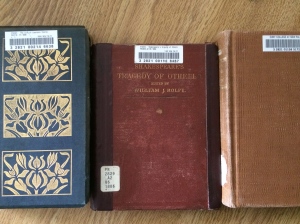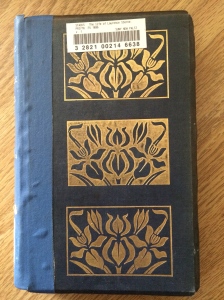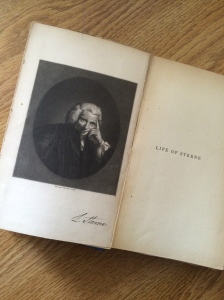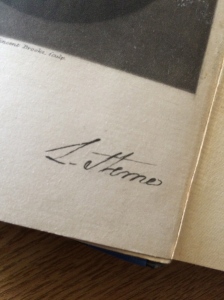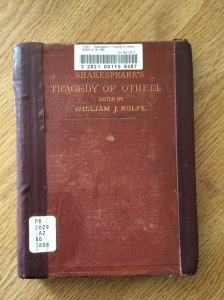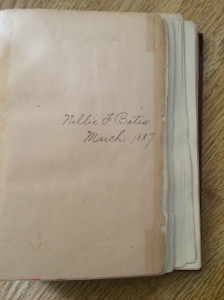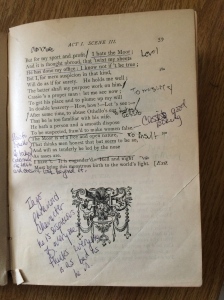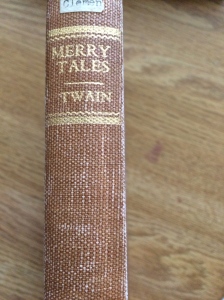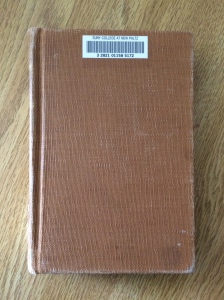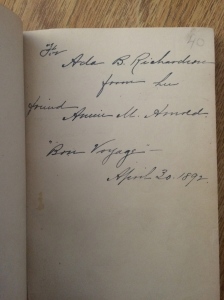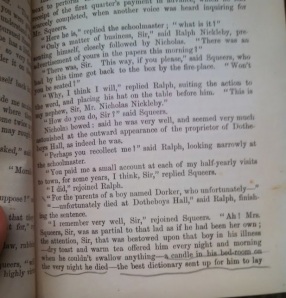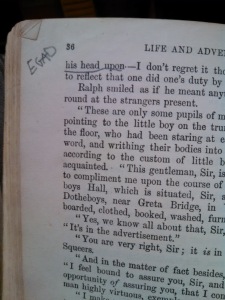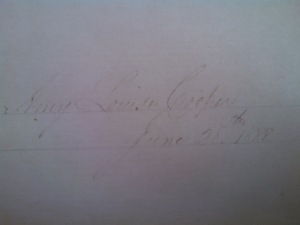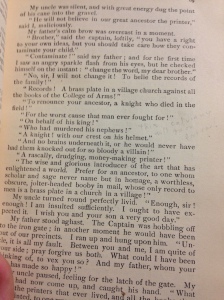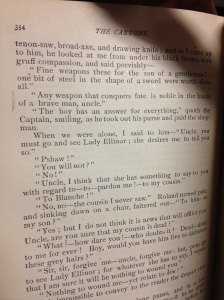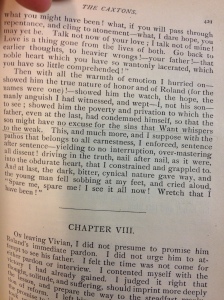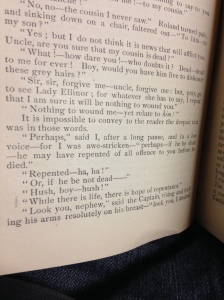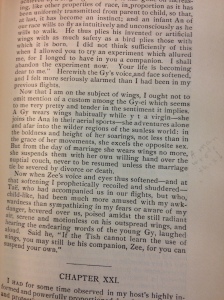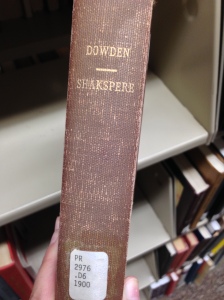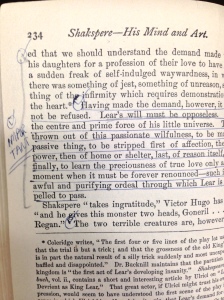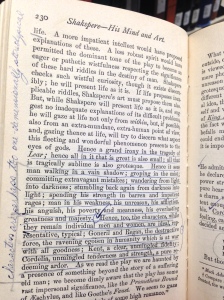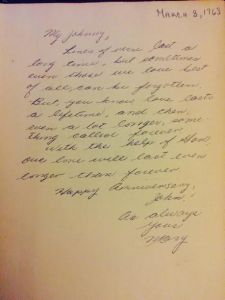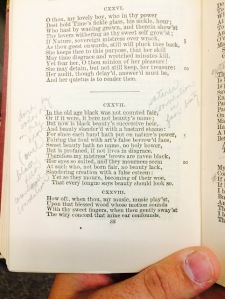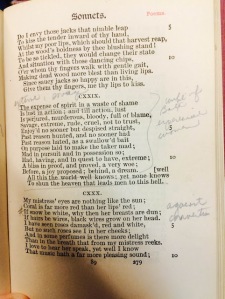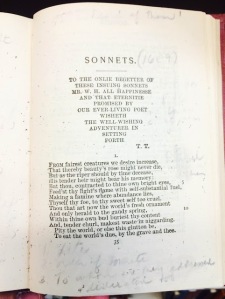Finding 19th century pieces of literature was a lot more difficult than I thought upon beginning this task. It took me a few days to find something, but then I came across Lady of the Tiger. The first seven pages involve multiple different types of marginalia ranging from underlining, to circling, to defining, and to annotating. For the purpose of the assignment I will be ignoring the marginalia written in ink because it does not date back pre-1923. On the first page there are quite a few notes in the margins and circled words with synonyms or definitions above them. The circled words with definitions beside them make me think that the reader could have been a student like me, or a non-native speaker who is simply trying to get more acquainted with the language. The reader also underlined important character traits and facts about events happening in the story rather than stylistic details. They might have been an amateur reader or perhaps knew exactly the information they needed for whatever the novel was being read for. For a collegiate level paper, a professor would be looking for more than just a summary of a novel, however. They would rather appreciate a paper geared toward how the author writes and how they portray the information underlined. So perhaps, if they were hypothetically a student, they would be at a lower level in their schooling than the college level. One note does however say “choice of language” on page 3 in regards to the first paragraph of that page. So the reader might have a higher set of critical and analytical skills than previously thought. Their thought process is really exposed though towards the middle of the same page when the reader talks of comparing and contrasting love and jealousy. The marginalia in the book I selected really gives us some insight into the mind of one individual of the Victorian Era.
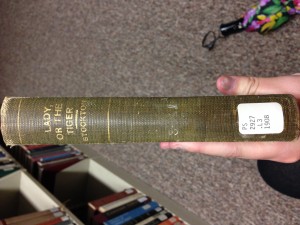
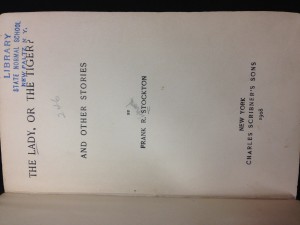
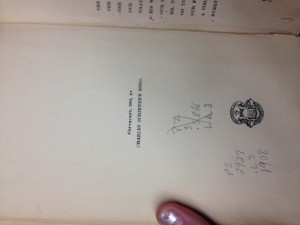


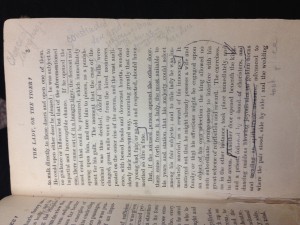
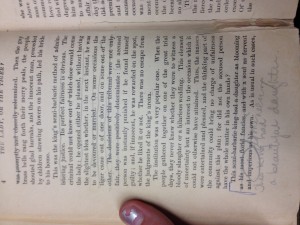
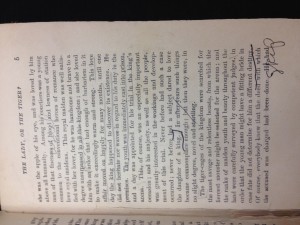
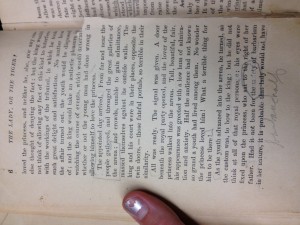
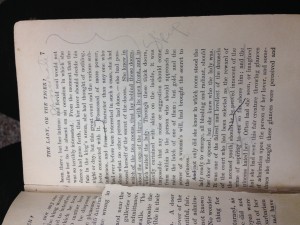
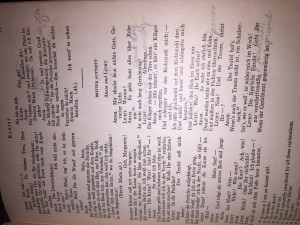

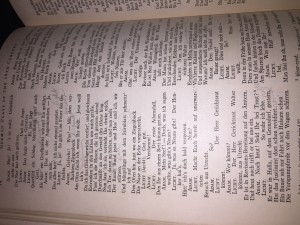
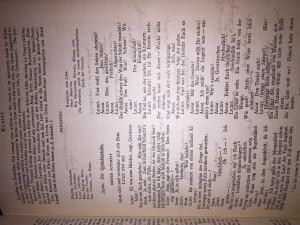
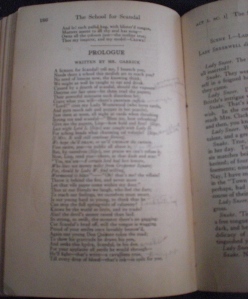
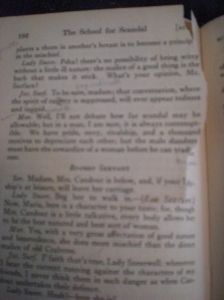
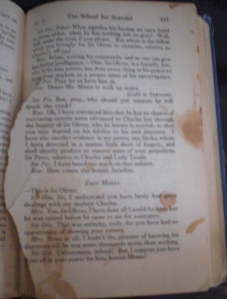
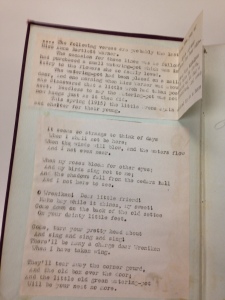
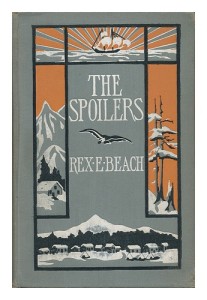
![WP_20150219_003[1]](https://sherlockholmeslondondh.files.wordpress.com/2015/02/wp_20150219_0031.jpg?w=169)
![WP_20150219_005[1]](https://sherlockholmeslondondh.files.wordpress.com/2015/02/wp_20150219_0051.jpg?w=300)

